Optimal Timing for Basement Underpinnings
Basement underpinnings involve strengthening or extending the foundation beneath a building's basement. Proper timing is crucial to ensure structural stability and prevent future issues. The optimal time for performing underpinnings depends on various factors including soil conditions, weather, and building age.
Spring and fall are typically preferred due to moderate weather, which minimizes the risk of frost damage and allows for better curing conditions.
Avoid underpinning during extreme cold or heat, as temperature fluctuations can impact the curing process and soil stability.
Perform underpinnings when soil is not overly saturated or frozen, ensuring better adherence and reduced risk of shifting.
Timing should coincide with the building's construction or renovation schedule to minimize disruptions and coordinate structural work.
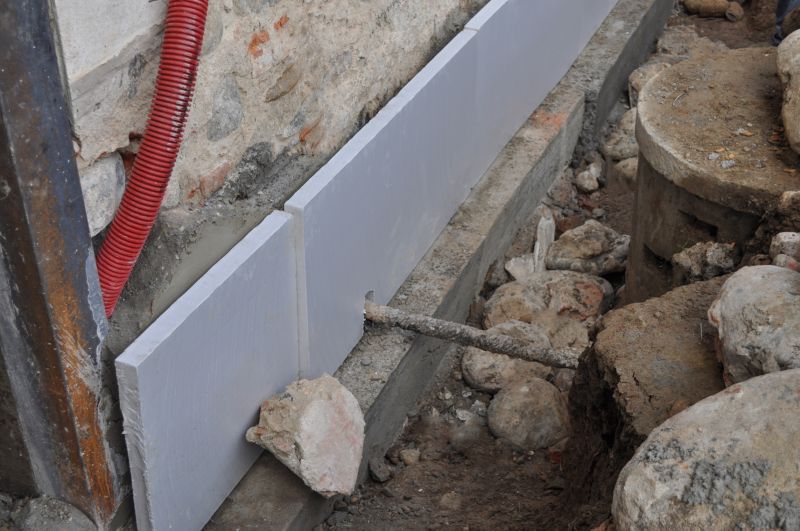
Workers reinforce the foundation using various methods, including underpinning piers and underpinning walls.
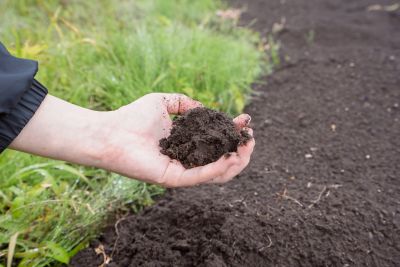
Preliminary soil analysis ensures appropriate timing and method selection.
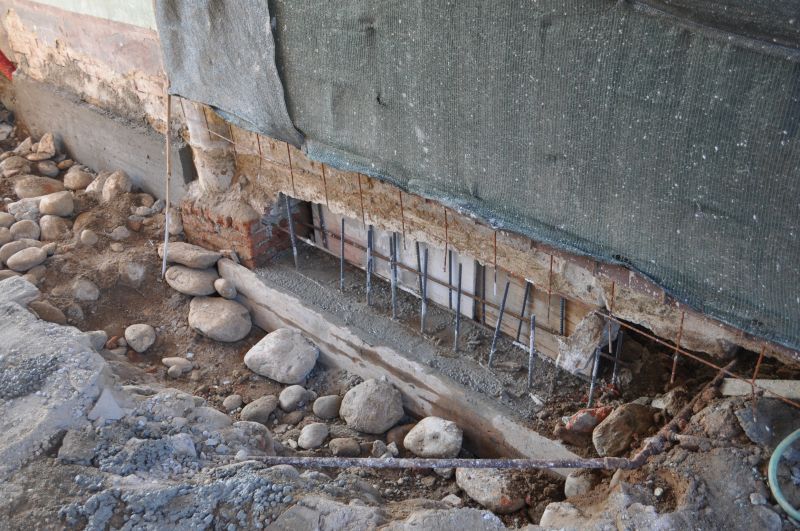
Reinforcing existing foundations during optimal weather conditions enhances stability.

Ways to make Basement Underpinnings work in tight or awkward layouts.
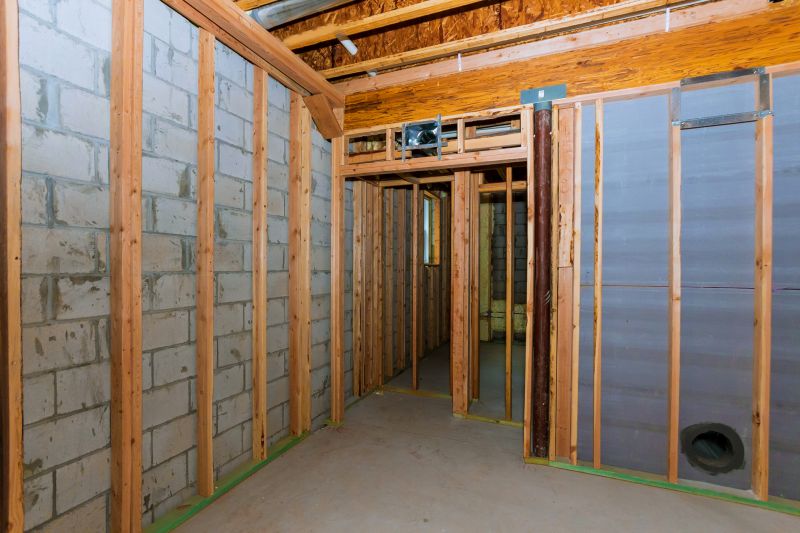
Popular materials for Basement Underpinnings and why they hold up over time.
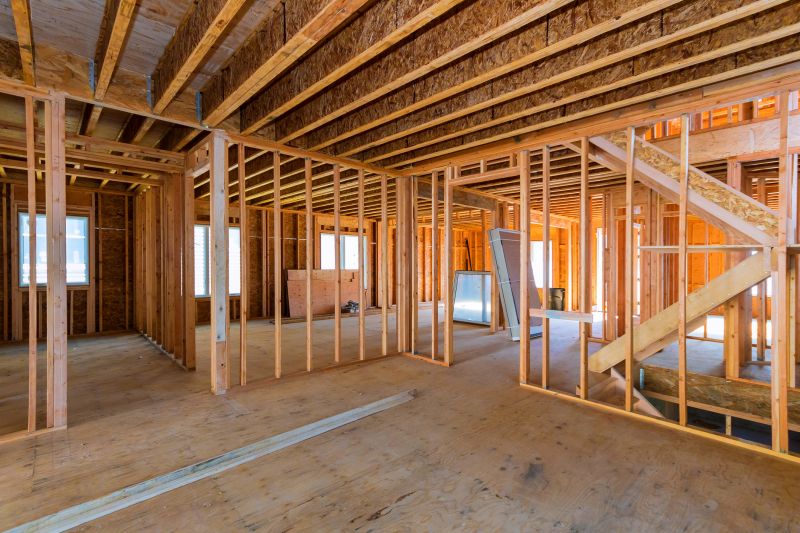
Simple add-ons that improve Basement Underpinnings without blowing the budget.
| Factor | Best Timing Advice |
|---|---|
| Season | Spring and fall are optimal due to moderate weather. |
| Temperature | Avoid during extreme cold or heat. |
| Soil Moisture | Perform when soil is neither frozen nor overly saturated. |
| Building Schedule | Coordinate with construction phases for minimal disruption. |
| Permits & Inspections | Schedule during periods with available approvals. |
| Soil Stability | Timing when soil is stable to prevent shifting. |
| Weather Forecast | Choose periods with stable weather conditions. |
Understanding the timing for basement underpinnings can significantly impact the success and longevity of the project. Proper scheduling ensures that soil and weather conditions support structural stability and that work can proceed efficiently. Consulting with foundation specialists can provide tailored advice based on specific site conditions.

Excavation is safest during dry, moderate weather to prevent soil collapse.
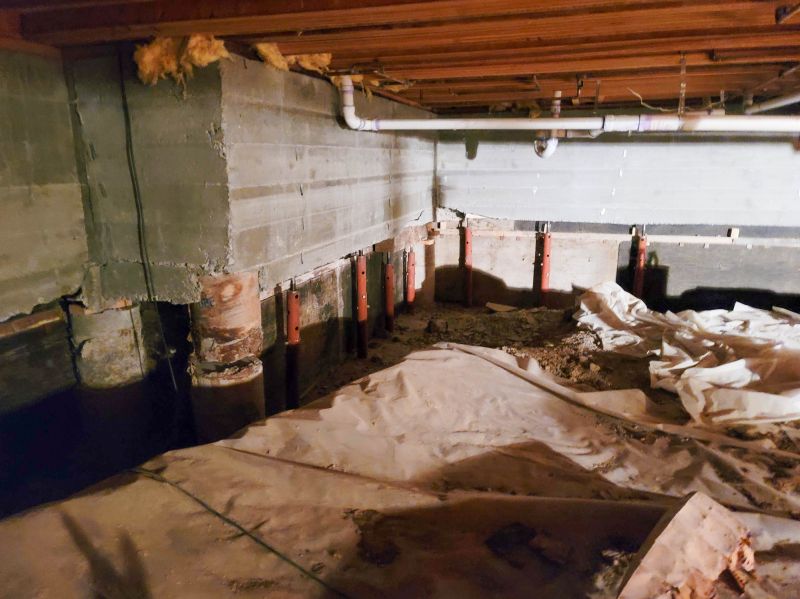
Adding supports during optimal conditions enhances stability.
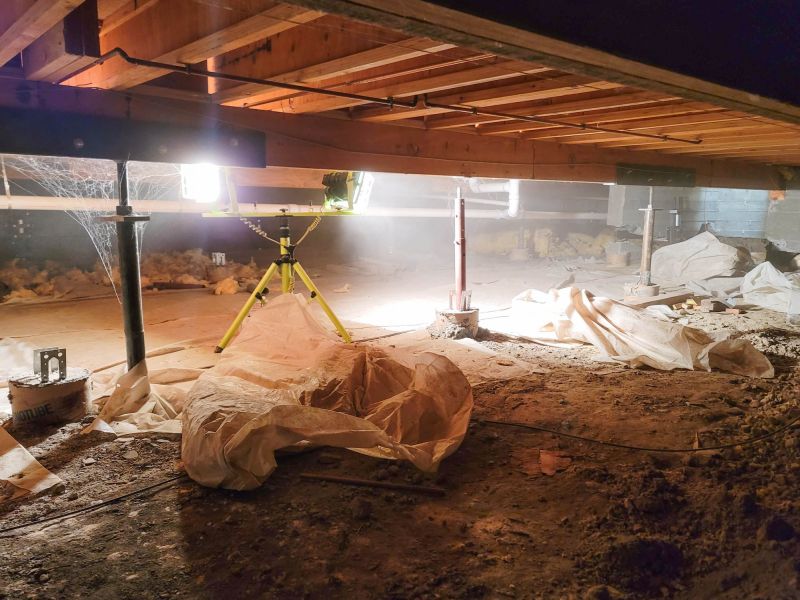
Final inspections are best scheduled when weather conditions are stable.
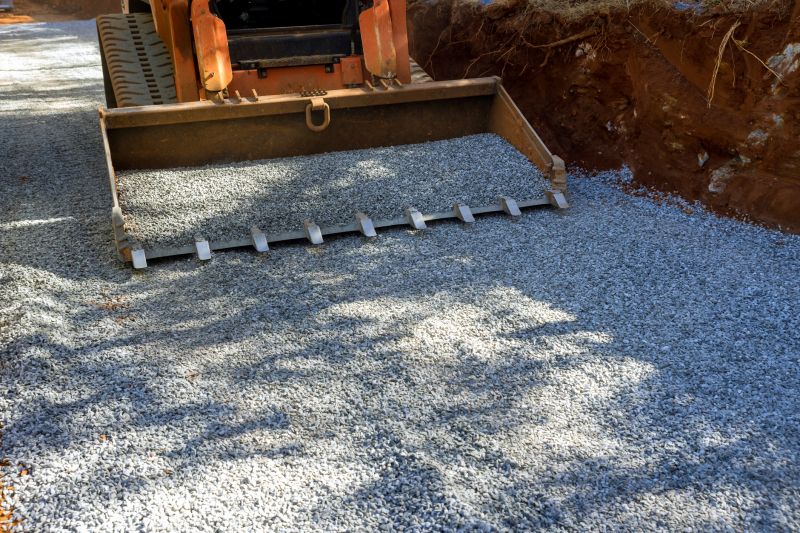
Heavy machinery operates best in dry, mild weather.
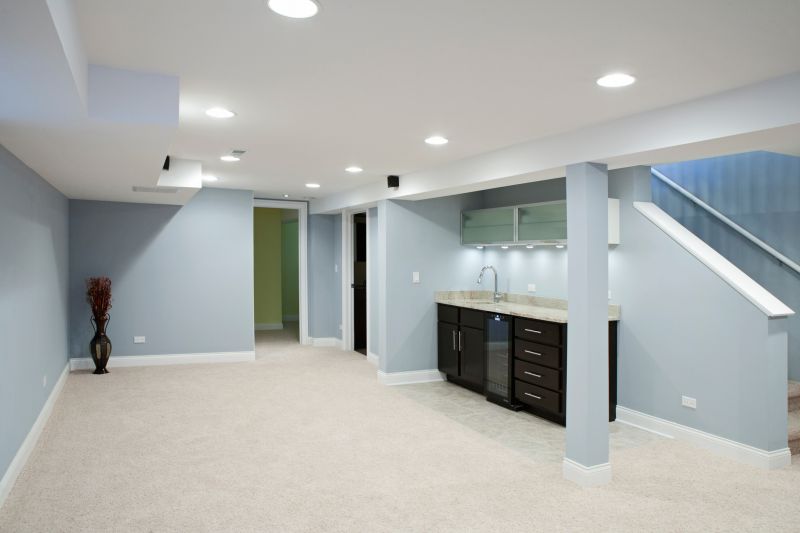
High-end options that actually feel worth it for Basement Underpinnings.
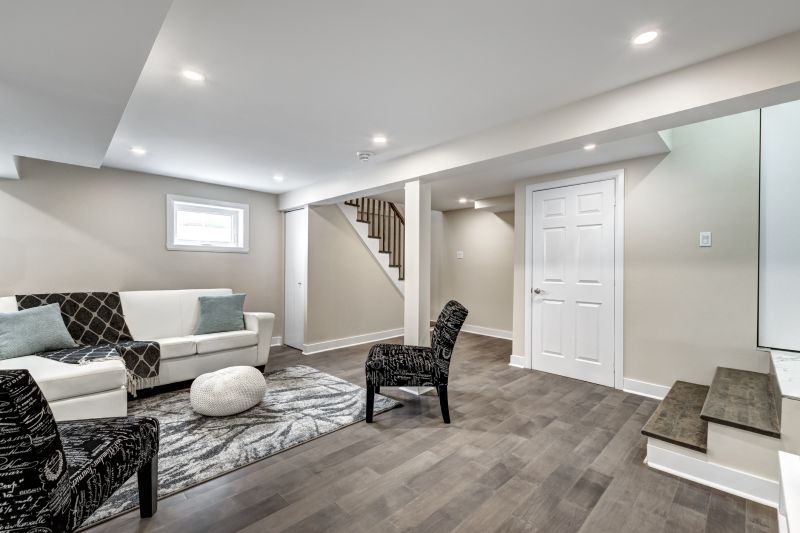
Finishes and colors that play nicely with Basement Underpinnings.

Little measurements that prevent headaches on Basement Underpinnings day.
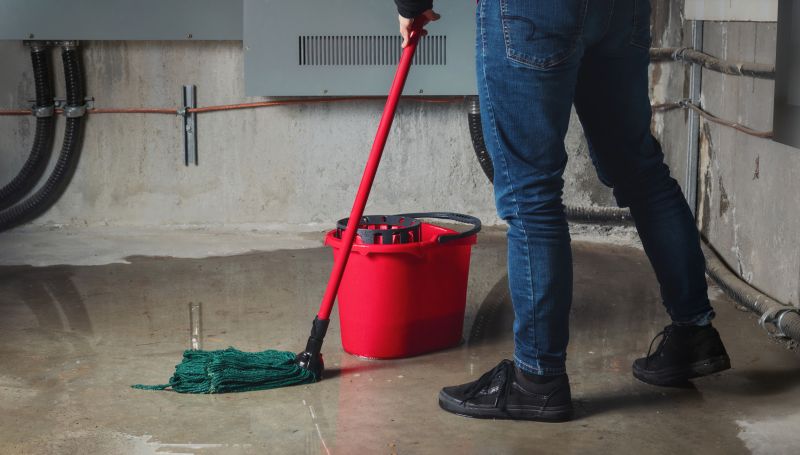
A 60-second routine that keeps Basement Underpinnings looking new.
Choosing the right time for basement underpinnings minimizes risks and ensures a durable foundation. Proper planning, soil testing, and weather considerations are essential components of a successful project. For more information or to discuss specific needs, filling out the contact form is recommended.
